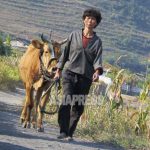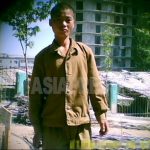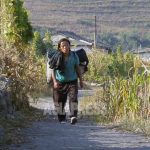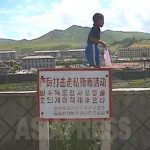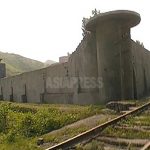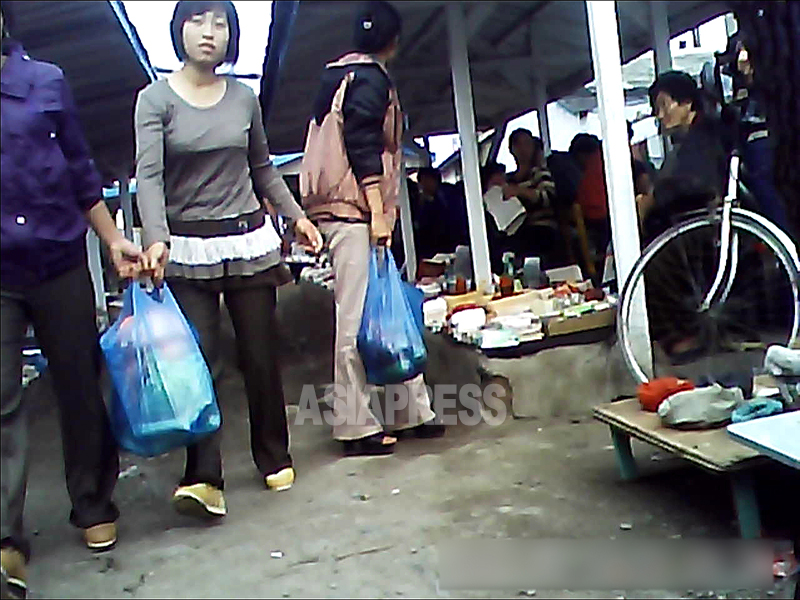
Surveying market trends are an essential way to understand North Korea’s economy, whose realities are largely unknown in the outside world. What kind of things are sold in the country’s markets, and where are they made? Even this kind of basic information is hard to come by in the North Korean context. ASIAPRESS recently conducted a survey in mid-April of four government-run markets in cities located in the northern party of the country. ASIAPRESS will report the results of the data it found in two installments. The first installment concerns North Korea’s “daily necessities,” such as soap and medical supplies. (ISHIMARU Jiro, KANG Ji-won)
◆ A difficult survey environment
ASIAPRESS has five reporting partners in the northern part of the country who conducted the market surveys. The survey efforts were attempted in four cities spread across North Pyongan Province, Yanggang Province and North Hamgyung Province; however, delays in reporting and insufficient data forced ASIAPRESS two summarize the results of the survey from just Hyesan and another city in North Hamgyung Province, nicknamed“City A.”
The biggest roadblock in conducting the surveys was communication. ASIAPRESS communicates with its reporting partners through Chinese cell phones smuggled into North Korea. The Kim Jong-un regime not only uses powerful jamming equipment on the border with China to block communication, but it is also conducting massive crackdowns on people who communicate with the outside world through roaming patrols equipped with communications detection devices.
While ASIAPRESS has reporting partners in Pyongyang, South Pyongan Province, and Kangwon Province, communicating with them has become more difficult after restrictions were placed on movement when North Korea closed its borders in January 2020. Reporting partners have also been hesitant to conduct market surveys of other areas using domestic phones over concerns about being tapped by the authorities.
◆ Logistics difficulties
ASIAPRESS planned to wrap up its market surveys by April 12. That was because the “Festival of the Sun,” a ceremony to honor the 110th anniversary of Kim Il-sung’s death on April 15 would be held soon after that point, followed by a major military parade. ASIAPRESS believed that the items on sale and their prices could be impacted by these events.
The “Festival of the Sun” has become the country’s biggest holiday, and every year the authorities distribute cookies and other foodstuffs to the people for free as gifts from the leader. What the authorities have distributed over the past 20 or so years has been very poor quality, yet they are nonetheless sold in the markets. The market surveys, for various reasons, were not completed until late April in some regions, and data from these regions have been taken out of the final results.
On May 12, the Kim Jong-un regime officially acknowledged an outbreak of COVID-19 for the first time and moved to completely ban movement between different regions of the country. Cities were put under lockdown, with the movement of its residents banned. Markets were closed as well.
Most urban lockdowns were lifted by mid-June, leading to the reopening of markets. However, as of June 27, bans on movement between cities continues to be strictly controlled. This has led to major bottlenecks in the distribution of goods, and the number of items for sale in markets has fallen dramatically when compared to the market surveys taken back in April.
Readers should thus take into account the aforementioned limitations and changes in the situation in North Korea when reading this report. For reference, 1,000 KPW was around 0.156USD as of mid-April.
